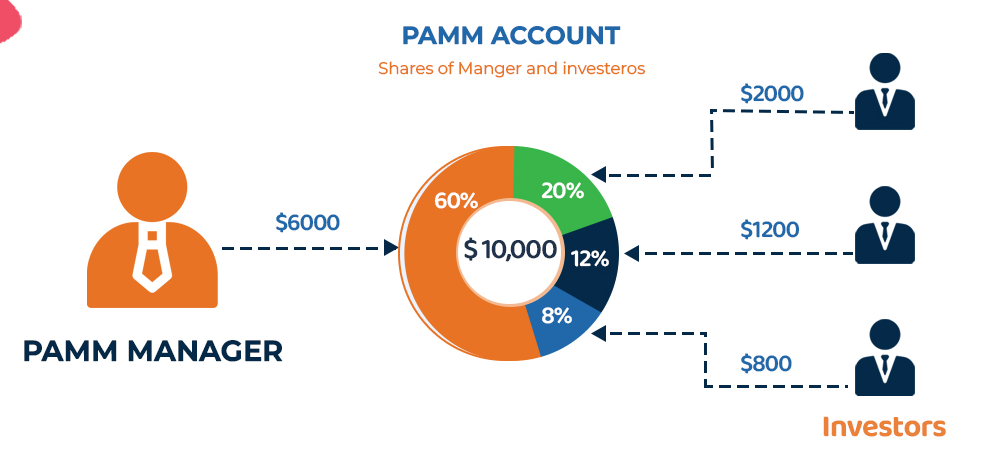Reserve Bank of Australia Raised Policy Rate Further by 25 bps
A disappointing US non-manufacturing ISM was yesterday’s defining moment for FI and FX trading. Up until the release, the post-payrolls momentum still pushed US rates and the dollar gently higher. Afterwards, intraday fortunes changes, the first Pavlov reaction didn’t really gain traction afterwards. Turning to the data first, the ISM fell from 51.9 to 50.3, holding just north of the 50 boom/bust market. With the exception of Dec2022, it was the weakest reading since May 2020, undershooting the consensus estimate (pick-up to 52.4) as well. Deteriorating services sentiment is something to keep a close eye on as this sector kept global economies humming over the past months. Details didn’t offer much hope with inventory building (58.3 from 47.2) and inventory sentiment (61 from 48.9) being the sole factors preventing a drop in contraction territory. Overall business activity moderated from 52 to 51.5 with new orders down to 52.9 from 56.1. The order backlog is gone (40.9 from 49.7).
Employment declined from 50.8 to 49.2. Prices paid extended their disinflationary trend (56.2 from 59.6). The market reaction was orderly overall. US yield lost 0.2 bps (30-yr) to 3.3 bps (2-yr) in the end, hiding an intraday decline in the high single digits. German Bunds underperformed significantly with yields adding 5.5 bps (30-yr) to 7.9 bps (2-yr). They had some catching up to do with the end of last week’s WS session, gapped higher at the open on rising energy prices and barely felt the impact from the non-manufacturing ISM. The trade-weighted dollar closed at 104 from an open at 104.04 and an intraday peak at 104.40. EUR/USD followed a similar intraday pattern eventually ending barely unchanged at 1.0713 coming off an intraday bottom at 1.0675.
This morning’s RBA decision (see below) was today’s main dish and a reminder to central banks and markets globally that the inflation battle isn’t easily won. It sets the tone for the start of trading with core bonds again trading on the weaker side. Mixed Asian risk sentiment offers little guidance further out. The single currency gets some interest rate backing which it missed for most of the month May.
The Reserve Bank of Australia raised its policy rate further by 25 bps to 4.1%. A majority of analysts expected an unchanged decision after the RBA already restarted hiking rates last month. The RBA assumes that inflation has passed its peak, but at 7% it is still much too high. Recent data also indicated that upside risks to the inflation outlook have increased. Today’s hike should provide greater confidence that inflation will return to the target within a reasonable time frame.
Growth in Australia has slowed and conditions on labour market have eased but remain very tight. Wage growth also has picked up in response to the tight labour market and high inflation. In this respect the RBA Board remains alert to the risk that expectations of ongoing high inflation contributes to larger increases in both prices and wages, especially given the limited spare capacity in the economy and the still very low rate of unemployment.
Japanese wages grew less than expected/hoped for in April. Labour Cash earning rose 1% Y/Y down from 1.3% Y/Y in March. The April data are the first wage data series after the labour spring negations (Shunto). However it might take some time to see the full impact of the wage negotiations in the coming months. Real cash earnings even were 3% lower compared to the same period last year. Consumer spending data for April also disappointed printing 4.4% lower compared to the same month last year.











